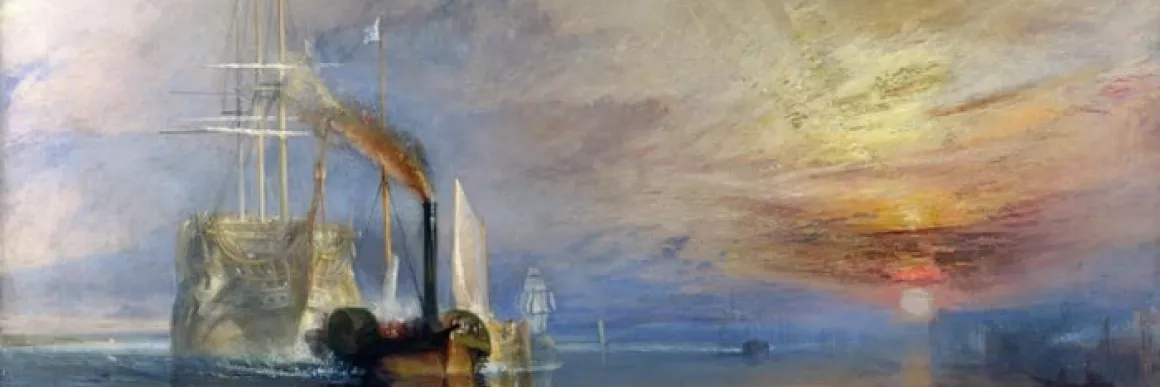“Pandemic” was Merriam-Webster’s—and everyone else’s—2020 Word of the Year, but the silent partner of any crisis is “contingency.” The unconscionable death toll in the United States is at least partly the result of a failure to prepare for the non-surprise surprise of the pandemic. At the time this introduction was written, we were repeatedly informed that any timetable for a return to normalcy was at the mercy of various, unforeseen contingencies. Moving between reasonable probability and blind chance, contingency as an abstract “three dimensional concept” is the core experience of modernity—contingency promises both freedom from enclosed, controlled systems, and chaos.
Abstract
“Pandemic” was Merriam-Webster’s—and everyone else’s—2020 Word of the Year, but the silent partner of any crisis is “contingency.” The unconscionable death toll in the United States is at least partly the result of a failure to prepare for the non-surprise surprise of the pandemic. At the time this introduction was written, we were repeatedly informed that any timetable for a return to normalcy was at the mercy of various, unforeseen contingencies.
Abstract
This essay explores the quintessential romantic figure of the skylark and disambiguates the overdetermined concept of contingency to reimagine a paradigmatic literary-humanist thought-style and to articulate new lines of inquiry about romantic poetics, romanticist theory and criticism, and academic attitudes about disciplinarity and methodology. Gathering writers from Percy Shelley and Robert Bloomfield to Margaret Masterman and W. V. O.
Infrastructure and Environment as Archive: On Haitian Revolutionary Romanticism and Voicing Contingent Desolations
Michele SpeitzAbstract
This essay studies national narratives at the heart of one of the best-known works of Haitian revolutionary Romanticism. At issue is how these national narratives participate within larger semiotic systems of national infrastructure and nationalized earth. More particularly, the essay foregrounds Haitian places and ruins that bear complicated realities and histories in need of telling. In signature Romantic style, Haitian grounds and built structures have their own stories to tell and speak volumes in Charles Hérard Dumesle’s Voyage dans le nord d'Hayti (1824).
Spatial Contingency: Digital Networks, James Hogg, and the Religious Politics of Space
Winter Jade WernerAbstract
Written in the first months of the Covid-19 pandemic, this essay probes the enthusiasm for virtual communication in higher education to consider the political ramifications of virtual versus physical spaces. Reading James Hogg’s The Private Memoirs and Confessions of a Justified Sinner in light of a resonant spatial politics, it argues that absent what the novel proposes are the moderating effects of shared space, religious fundamentalism becomes radically individualistic fanaticism.
Spatial Contingency: Digital Networks, James Hogg, and the Religious Politics of Space
Winter Jade WernerAbstract
Written in the first months of the Covid-19 pandemic, this essay probes the enthusiasm for virtual communication in higher education to consider the political ramifications of virtual versus physical spaces. Reading James Hogg’s The Private Memoirs and Confessions of a Justified Sinner in light of a resonant spatial politics, it argues that absent what the novel proposes are the moderating effects of shared space, religious fundamentalism becomes radically individualistic fanaticism.
Writing Romanticism at the End of the World: Love and Loneliness in Mary Shelley’s The Last Man and Matilda
Chris WashingtonAbstract
This essay reflects, via sorities, on what it means to write Romanticism during a pandemic in relation to the alienation and loneliness that lastness is in Mary Shelley’s The Last Man and Mathilda and the recuperative power of ghostly love in her “On Ghosts.” Romanticism is always writing at and about the end of the world. Shelley wants, in time . . . changes over time at the end of the world.
About
Romantic Contingencies © 2024 by Padma Rangarajan is licensed under CC BY-NC-ND 4.0

